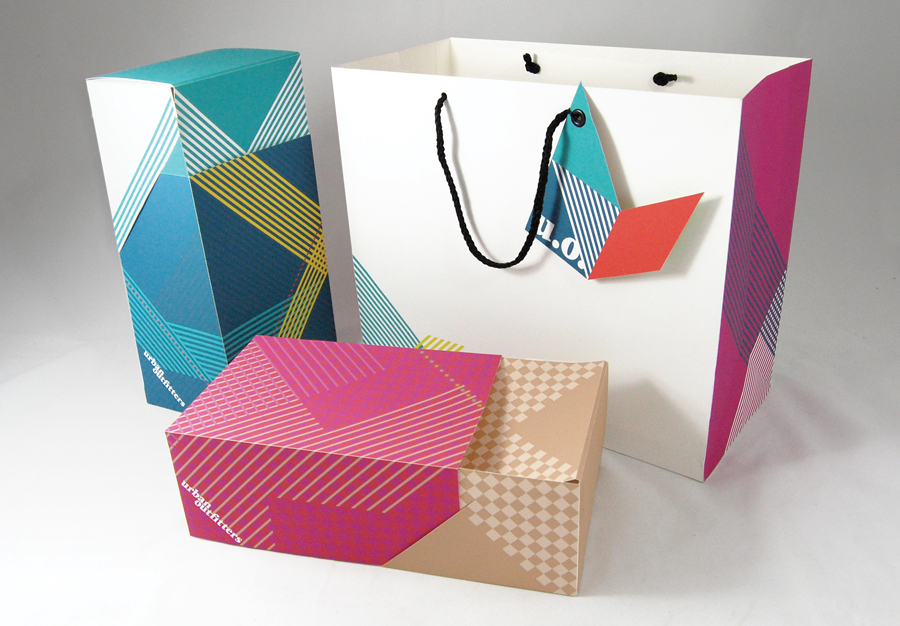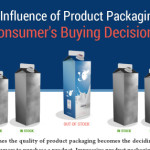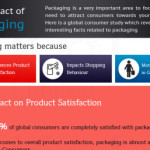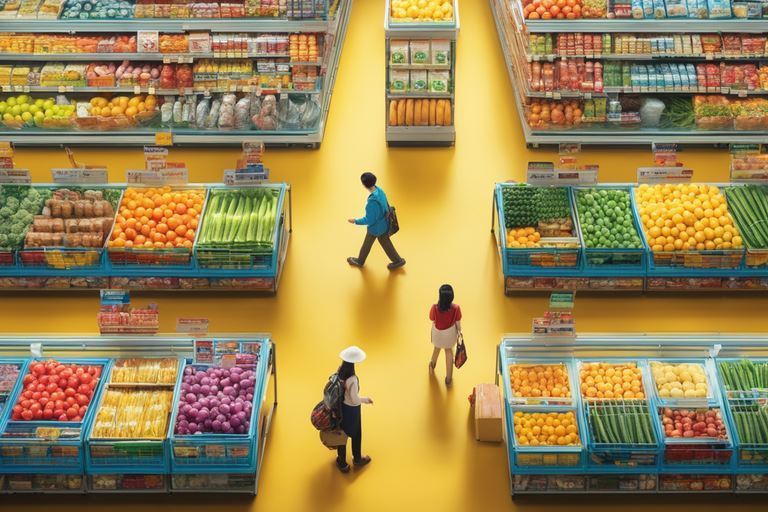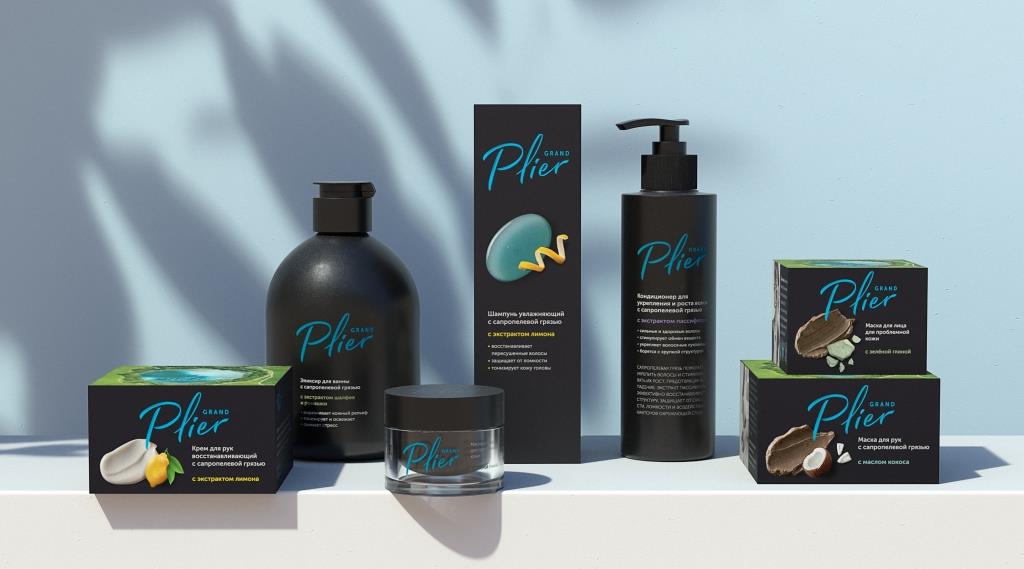The global marketplace has never been more competitive than it is today. Therefore, it is more important than ever before for businesses to maximize the potential of their packaging. We take a look at some critical consumer packaging trends that every business should be aware of.
Consumer Trends
1. Cost-effective Shopping
Global economic uncertainty is unavoidable. Therefore, consumers have no desire to spend any more than they absolutely have to for goods that are packaged. When they are making buying decisions, one of the initial considerations that they make is how much the product costs.
It is becoming more common for consumers to not buy products in advance. Instead, they are deciding to wait until they are almost completely out of a product. Packaging that is both easy to carry and small would seem to be the most attractive to shoppers that wait until the last minute.
2. Trust and Authenticity
Supermarkets in the UK selling horsemeat in beef burgers and other global food scandals have caused consumers to demand a greater level of transparency between consumers and manufacturers.
In order to re-establish the consumer trust in the supply chain, it must be possible for the origins of products to be traced back to their source. The perceptions of both authenticity and credibility are increased by packaging having advertaised provenance on it. It also gives consumers reassurance that they are buying truthful produce that is high quality. Sustainability is linked to local provenance by the Brand Owner Trends Report. This stresses that when consumers buy local brands, the carbon footprint benefits should be communicated by brands. Because of the large demand for high fat foods to contain natural ingredients, this method is particularly effective in the markets for butter and yellow fats.
3. Convenience
Consumers have lifestyles that are becoming more busy every day. Therefore, they are looking for packaging that is convenient to transport and easy to use. Consumption-on-the-go is made simpler by packaging that is easier to dispose of, lighter and smaller. Dispensers, no-mess applicators and other innovations make additional packaging unnecessary. This adds to an approach that is both disposable and no-fuss.
The chilled foods sector of supermarkets shows a particularly visible need for convenience. A selection of snacks have been introduced recently in packs that are reseal-able by Tesco. This has been successful in balancing perceived freshness with convenience. The Tomato and Chicken Pasta Salad is another Tesco innovation. This product has switched to paper board from plastic. This has allowed the product to become more visible, making more people buy it on impulse.
4. Healthy Living
The sector of health and wellness is thriving. This indicates the public’s desire to have a better understanding of what is and is not healthy for us. A product’s health credentials are now expected to be displayed on the branding and packaging of products in a concise manner. This allows a consumer to make informed decisions about what food to buy. Packaging must conform to various regulations that dictate how this information is supposed to be displayed.
The market for healthy living is crowded. This makes it hard to attract the attention of consumers. Because of this, packaging must emphasize formulations, natural benefits and other unique benefits. Transparency must be shown on the label. Important factors in short and long term success will be innovative methods for the preserving and displaying of fresh food.
This issue could be overcome by snacking alternatives that are healthy. Product innovations are encouraged by the increase of snacking by consumers. One such innovation is smaller packs for healthy snacks that contain a low amount of fat, such as Snack-a-jacks.
5. Sustainability
Global environmental issues are becoming known to consumers. This has caused them to alter their buying habits. “It is becoming more common for consumers to check product packaging to see if the manufacturer is environmentally friendly” reports Keenpac. Attracting, relating to and keeping consumers can be done by understanding an engaging way to communicate a commitment to sustainability on the packaging.
How sustainable practice has become important to the identity and perception of a brand is explained in a PWC expert white paper. It is titled “Sustainable Packaging: Myth or Reality”. Puma teamed up with PWC to create an environmental profit and loss account. It highlighted an environmental impact of 145 million euros across their entire supply chain. A model that is more resilient and sustainable in the future can be built as a result of this recognition. This will allow Puma to inform consumers of their green achievements.
Jo Davies has spent 15yrs in the Packaging Industry and helps businesses adjust to consumer demands
Latest posts by Tim Capper (see all)
- A More Discreet Tone In The World Of Luxury Packaging - October 6, 2014
- How Packaging Design Works to Build a Brand’s Identity - February 25, 2014
- Retail Packaging Adapting To Consumer Trends - December 25, 2013







